What is Real-time Optimization in Offshore Drilling
Offshore drilling is one of the most technically demanding operations in the energy sector, requiring precision, efficiency, and safety to meet the challenges posed by deepwater and ultra-deepwater environments. Real-time optimization is a game-changing innovation that integrates advanced technologies to enhance decision-making, reducing risks, and maximize productivity. This article explores the concept of real-time optimization in offshore drilling, its components, benefits, challenges, and its future innovations.
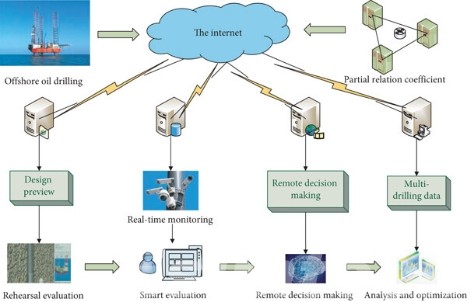
Understanding Real-time Optimization
Real-time optimization involves the continuous collection, analysis, and application of operational data to make immediate adjustments to drilling processes. This dynamic approach uses advanced sensors, predictive algorithms, and machine learning to improve the overall performance of drilling operations.
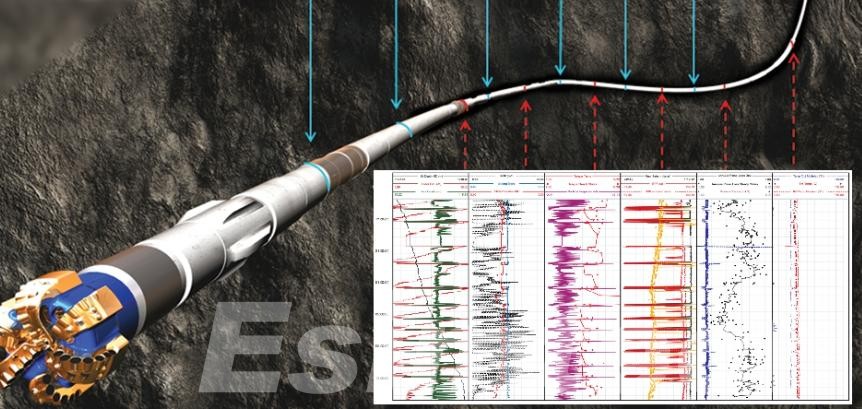
Key Elements of Real-time Optimization in Offshore Drilling
1. Data Acquisition Systems
Data acquisition forms the backbone of real-time optimization. Advanced sensors and monitoring tools are deployed to collect real-time information on various parameters, including:
- Weight on Bit (WOB): Ensures proper force is applied for efficient drilling.
- Torque and Vibration: Monitors drill string stability and potential mechanical issues.
- Pressure and Temperature: Tracks downhole and surface conditions for operational safety.
- Mud Flow and Density: Maintains optimal wellbore stability and cuttings removal.
2. Advanced Analytics and Algorithms
Sophisticated analytics tools process raw data to generate actionable insights. These tools include:
- Machine Learning Models: Predict potential risks like wellbore instability or stuck pipe incidents.
- Optimization Algorithms: Continuously refine parameters such as Rate of Penetration (ROP) and rotational speed for peak performance.
- Trend Analysis: Identifies patterns in operational data to proactively address inefficiencies.
3. Control and Automation Systems
Automation ensures immediate adjustments based on real-time data, reducing the need for manual intervention. Key features include:
- Drilling Fluid Management: Automated systems adjust fluid properties to maintain wellbore stability.
- Dynamic Drilling Controls: Alter WOB, torque, and drill bit speed to optimize performance.
- Pressure Control Systems: Ensure safe drilling by managing unexpected pressure variations.
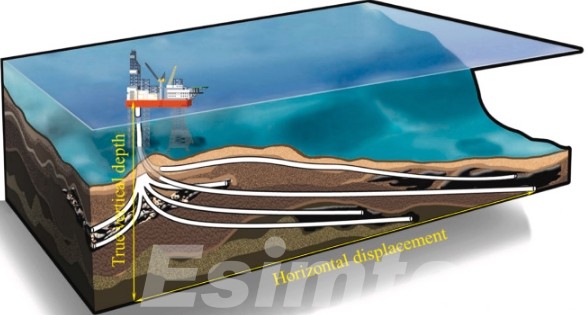
4. Integrated Communication Networks
Seamless communication between offshore rigs and onshore teams ensures collaborative decision-making. Key components are:
- High-Speed Data Transmission: Enables real-time sharing of operational data.
- Remote Monitoring Centers: Onshore experts analyze data and provide actionable recommendations to rig operators.
- Cloud-Based Systems: Centralized data storage and processing for enhanced accessibility and scalability.
5. Visualization and Decision Support Tools
Interactive dashboards and visualization platforms provide operators with:
- Real-Time KPIs: Continuous monitoring of key performance indicators.
- Anomaly Alerts: Early warnings of equipment failures or wellbore issues.
- Simulation Capabilities: Virtual simulation tools of optimization strategies before implementation.
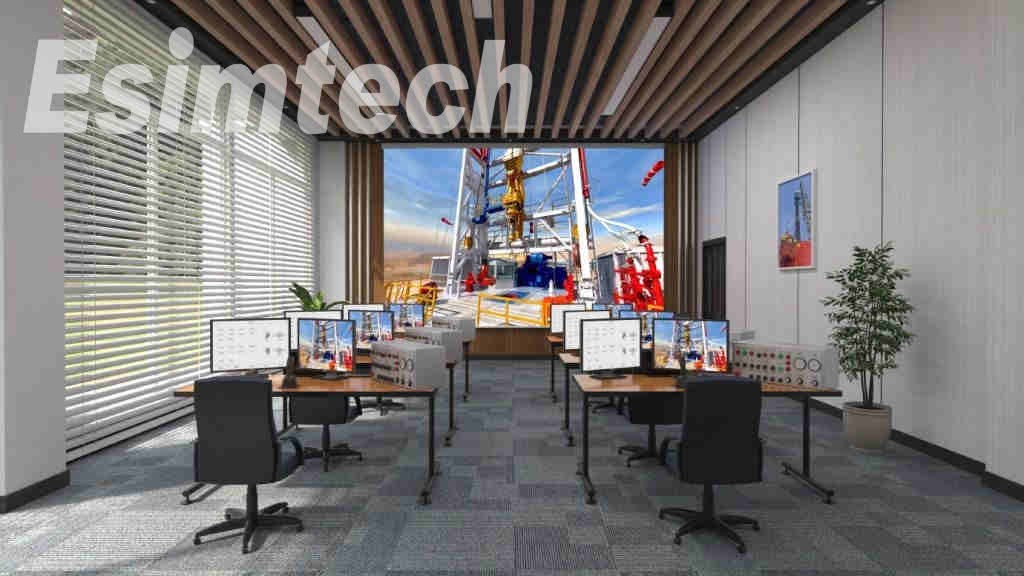
Benefits of Real-time Optimization in Offshore Drilling
- Enhanced Drilling Performance: By continuously adjusting drilling parameters, real-time optimization ensures optimal performance, increasing the rate of penetration while minimizing non-productive time (NPT).
- Cost Efficiency: Proactive issue resolution reduces downtime, material waste, and equipment wear, lowering overall operational costs.
- Improved Safety: Real-time monitoring identifies potential hazards, such as kick detection or equipment failures, enabling swift intervention to prevent accidents.
- Environmental Protection: Precise control over operations minimizes environmental risks such as fluid spills, emissions, and formation damage.
- Resource Optimization: Real-time optimization ensures efficient use of drilling materials, reducing unnecessary expenditures and improving overall project sustainability.
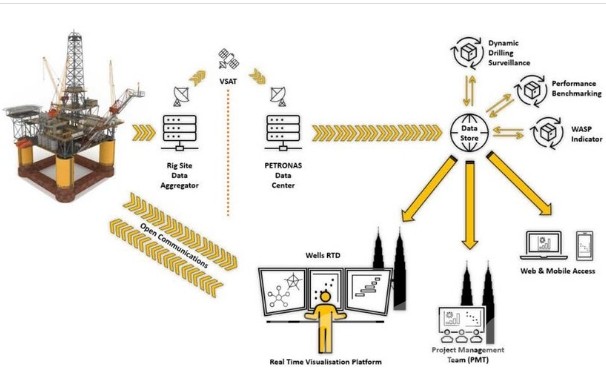
Challenges in Implementing Real-time Optimization in Offshore Drilling
- High Initial Investment: Implementing real-time optimization requires substantial upfront costs for advanced sensors, automation systems, and data processing infrastructure. For many operators, these expenses can be a significant barrier, especially for smaller firms or projects with tight budgets.
- Data Overload: Offshore drilling operations generate massive amounts of data from sensors and monitoring systems. Processing, analyzing, and extracting actionable insights from this data in real time can be overwhelming, often requiring advanced analytics tools and expertise.
- Infrastructure Limitations: Offshore rigs often operate in remote areas where access to high-speed internet and robust communication networks is limited. This lack of connectivity can hinder the efficient implementation of real-time optimization systems that rely on seamless data transmission and real-time collaboration.
- Legacy System Integration: Many offshore drilling rigs use outdated systems and equipment that may not be compatible with modern real-time optimization technologies. Upgrading these systems or integrating them with real-time optimization solutions can be technically complex and financially burdensome.
- Skill Gaps: The successful implementation of real-time optimization requires personnel with specialized skills in data analytics, automation, and decision-making. Offshore operators and engineers may lack the training or expertise needed to utilize these systems effectively, resulting in suboptimal performance.
- Cybersecurity Risks: Increased reliance on digital technologies and interconnected systems exposes offshore drilling operations to cyber threats. Unauthorized access, data breaches, or malicious attacks can disrupt operations and compromise safety and financial outcomes.
- Resistance to Change: Adopting real-time optimization often involves significant changes to established workflows and decision-making processes. Stakeholders may resist these changes due to concerns about reliability, implementation costs, or disruptions during the transition phase.
- Harsh Offshore Environment: The extreme conditions of offshore drilling, including high humidity, saltwater corrosion, and intense weather, can affect the durability and functionality of real-time optimization hardware. Maintaining reliable performance under these conditions requires specialized equipment and regular maintenance.
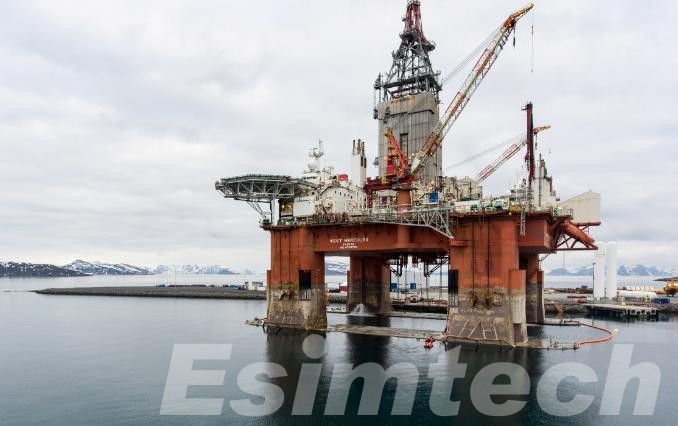
Future Innovations in Real-time Optimization for Offshore Drilling
This chart highlights the future innovations that will shape real-time optimization in offshore drilling, driving more efficient, safe, and sustainable operations.
| Innovation | Description | Impact |
| 1. Artificial Intelligence (AI) & Machine Learning (ML) | AI algorithms will enhance predictive analytics, optimize drilling parameters, and automate decisions. | More efficient operations, reduced downtime, and better optimization accuracy. |
| 2. Digital Twin Technology | Virtual replicas of drilling rigs will simulate drilling operations for better planning and performance optimization. | Improved safety, better decision-making, and risk reduction through simulation. |
| 3. Edge Computing | Data processing will occur on-site, reducing latency and improving real-time decision-making. | Faster response times and efficient use of resources with minimized operational delays. |
| 4. 5G Connectivity | 5G networks will enable high-speed communication between rigs and onshore teams for seamless collaboration. | Enhanced remote monitoring, real-time collaboration, and operational efficiency. |
| 5. Blockchain for Data Security | Blockchain technology will secure and ensure transparent data sharing across stakeholders. | Better data reliability, cybersecurity, and transparency in offshore operations. |
| 6. Internet of Things (IoT) Expansion | More IoT sensors will track parameters like pressure, temperature, and vibration for detailed real-time monitoring. | Enhanced monitoring, real-time adjustments, and more efficient operations. |
| 7. Robotic Process Automation (RPA) | Autonomous robots and drones will perform inspections, maintenance, and hazardous tasks. | Increased safety, reduced human exposure to risks, and more efficient operations. |
| 8. Advanced Predictive Maintenance | AI-driven algorithms will predict equipment failures in advance, enabling preemptive maintenance. | Reduced downtime, lower maintenance costs, and better resource utilization. |
| 9. Augmented Reality (AR) | AR will assist offshore operators by providing remote expert guidance and real-time visual aids. | Improved troubleshooting, reduced delays, and more effective operator training. |
| 10. Renewable Energy Integration | Integration of wind, solar, and other renewable energy sources to power offshore operations. | Lower energy costs, reduced carbon footprint, and more sustainable operations. |
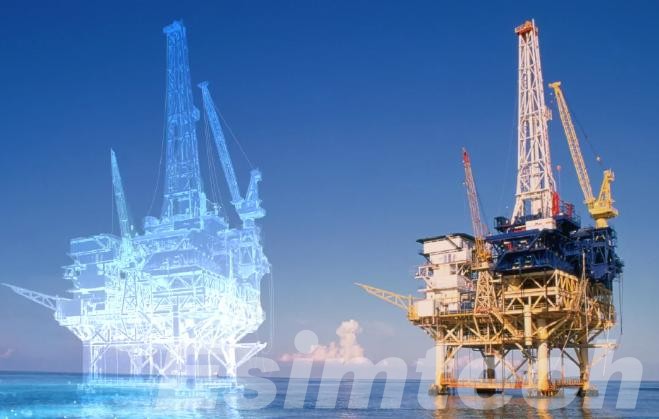
Conclusion
Real-time optimization is revolutionizing offshore drilling by delivering actionable insights and enabling swift, data-driven decisions. As the energy industry moves toward a more digital future, real-time optimization will play an increasingly critical role in meeting the challenges of offshore drilling. By addressing current challenges and integrating innovative technologies, real-time optimization can achieve new levels of performance and sustainability for offshore operations.

